You know that feeling when you find out your favorite comfort food has 97 grams of sugar and a suspicious number of unpronounceable chemicals? Yeah—welcome to the world of corporate greenwashing. While we’re out here separating our recycling and biking to work like eco-heroes, some of the biggest companies on the planet are quietly (and not so quietly) wrecking it behind the scenes.
We’re talking rainforest-burning, ocean-choking, cancer-causing levels of environmental sabotage—all served with a side of slick branding and vague “sustainability goals.” These 12 companies may be household names, but behind the feel-good ads and reusable tote collabs lies a trail of oil spills, poisoned communities, and enough plastic waste to choke a blue whale. So buckle up and prepare to rethink your next Amazon order, fast-food run, or refreshing soda sip. It’s time to spill the eco-tea.
1. Chevron
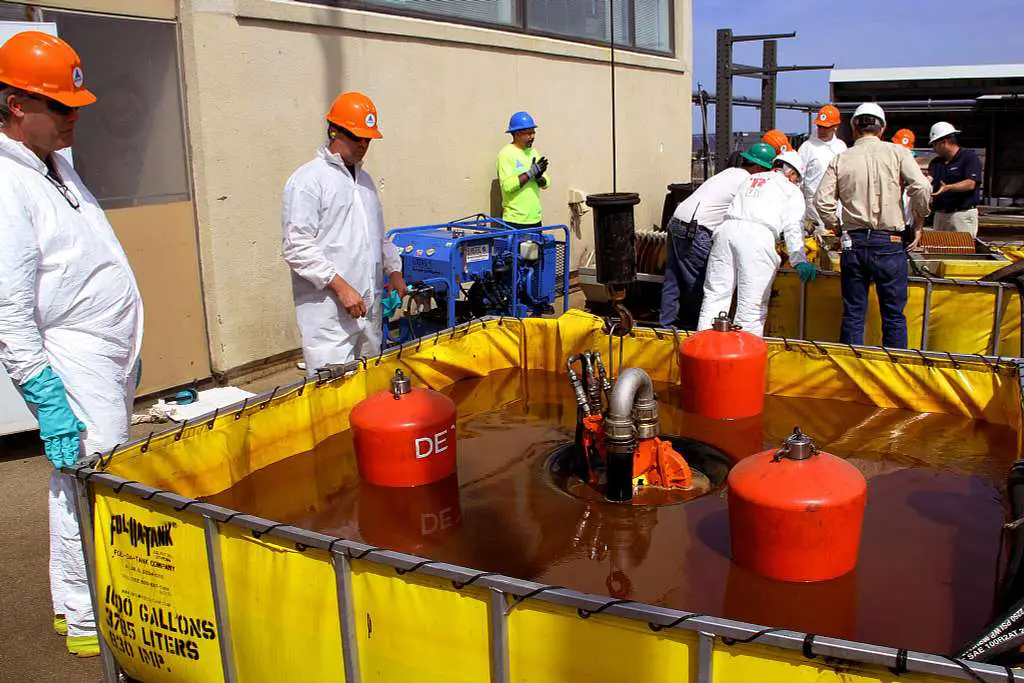
Chevron’s history in the Ecuadorian Amazon is basically an environmental horror movie nobody wanted a ticket to. According to The New York Times, Texaco (now Chevron) quietly dumped an estimated 18 billion gallons of toxic waste into rivers and rainforest soils between the 1960s and ’90s, turning vast swaths of jungle into a sludge-soaked wasteland. Indigenous communities report skyrocketing cancer rates and poisoned water supplies, yet Chevron spent decades fighting a $9.5 billion cleanup judgment “until hell freezes over” (their words, not mine).
The fallout hasn’t just been local: this saga sparked massive global protests and “Anti-Chevron Day” actions, not to mention years of legal battles in courts from Lago Agrio to The Hague. Activists call it the “Amazon Chernobyl,” and honestly, that feels spot on. Chevron’s PR posture? Keep churning out oil, pay lip service to “environmental stewardship,” and litigate your way out of responsibility—classic fossil-fuel playbook.
2. Nestlé
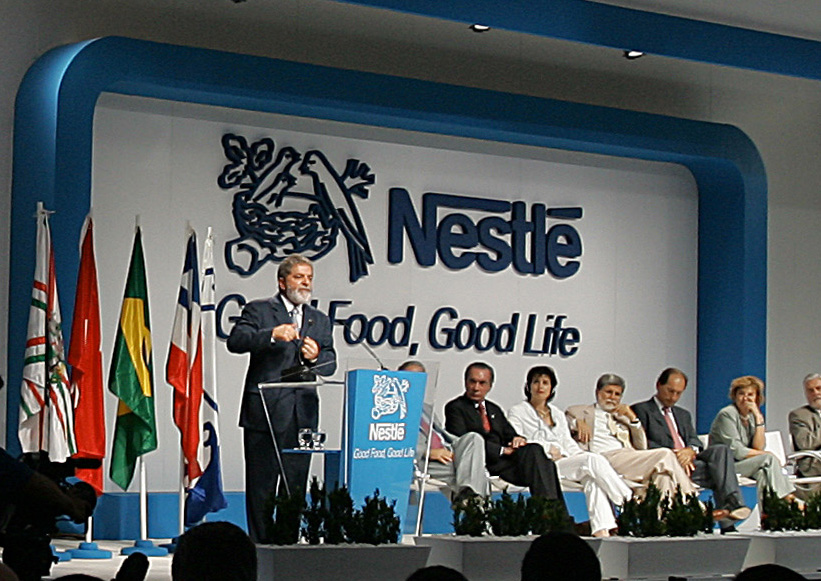
Nestlé bottles water like it’s going out of style, even pumping from drought-stricken springs in California, Michigan, and Oregon—sometimes for a mere $524 a year in Forest Service fees. According to Bloomberg, they paid almost nothing to extract tens of millions of gallons annually, while local residents watch their taps run dry. Meanwhile, those plastic bottles? They’re a one-way ticket to landfill or ocean—because recycling rates hover around 9%.
Nestlé’s climate credentials? Think iceberg lettuce shipped cross-continent, fossil-fuel–derived plastic, and a corporate mindset that treats water as a “commodity”—period. They even quietly lobbied to keep their San Bernardino well permit alive decades past expiration. So next time you sip that overpriced Perrier-adjacent H2O, remember: you’re hydrating at the expense of entire ecosystems.
3. Bayer (formerly Monsanto)

If you’ve used , thanks to Monsanto (now Bayer), you’ve doused fields in glyphosate—a probable carcinogen—and drifted it onto neighboring farms, wrecking crops and soil health. According to The Guardian, internal Monsanto docs admitted their dicamba formulations would “probably cause such harm,” yet they blithely sold and promoted them anyway. Tens of thousands of farmers have sued over crop devastation, replace-your-peach-orchard verdicts, and millions in judgments.
Beyond legal fees, Monsanto’s chemical empire has been linked to plummeting monarch butterfly populations and dying honeybee colonies—whose pollination you kinda need if you’re into, oh, food. Despite pledging reform, Bayer still leans heavily on agrochemicals, earning it a top spot on Greenpeace’s “Dirty Dozen” list of pesticide peddlers. Their version of “innovation”? Drip more toxins into the web of life.
4. Volkswagen

You remember Dieselgate—the scandal where VW installed “defeat devices” to cheat emissions tests? According to Reuters, Volkswagen has shelled out over €32 billion in fines and settlements for pumping extra nitrogen oxides into the air, effectively turning its cars into rolling smog machines. That’s billions of euros to cover up a PR nightmare they engineered themselves.
Behind the wheel, real-world NOâ‚“ emissions from ‘clean diesel’ models often doubled or tripled legal limits, contributing to urban asthma spikes and acid rain. After all that, VW’s “fix” involved software updates that only worked under certain temperatures—so you’re still inhaling pollution every time you start up. They’ve since pivoted to EV marketing, but trust issues remain after this epic betrayal of customer and planetary trust.
5. Coca-Cola
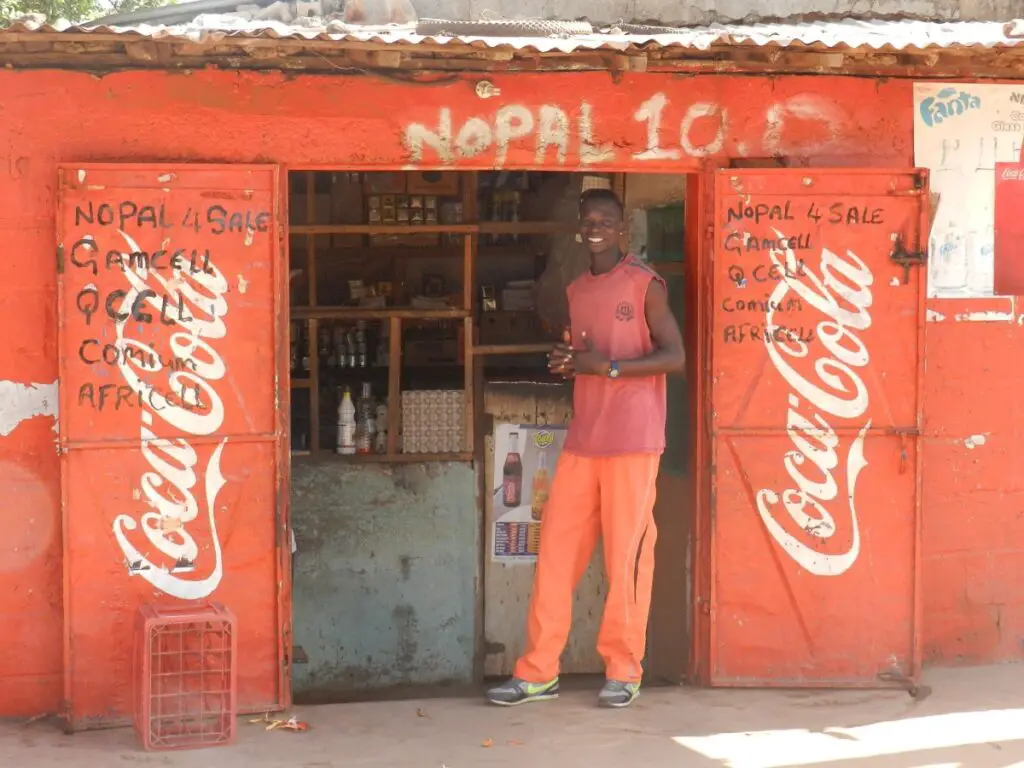
Coca-Cola pumps out over 3 million metric tons of plastic packaging each year—making it the world’s single largest corporate plastic polluter. According to Axios, Coke alone accounts for roughly 11% of all branded plastic waste polluting our oceans, beaches, and landfills. Their “World Without Waste” pledge feels a little like a toddler promising to clean their room after demolishing it with toy trucks.
Meanwhile, the company lobbies against container-deposit laws, drags its feet on recycled-content targets, and produces 200,000 new bottles every single minute. Their idea of sustainability still centers on lightweight PET—apparently a lower footprint than aluminum, if you squint really hard. But for the planet? That’s just trading one problem for another. Sip mindfully… or maybe switch to a reusable canteen.
6. Amazon

That prime-day avalanche of cardboard boxes? Amazon churns out an estimated 465,000 tons of packaging waste annually in the U.S. alone. All those one-click orders and 24-hour deliveries mean mountains of thin cardboard, bubble-wrap, plastic mailers, and twist-ties. Despite recycling programs, the carbon footprint of global shipments and warehouse energy usage still dwarfs many national footprints.
AWS—Amazon’s cloud arm—powers your Netflix binges and Zoom calls, but those data centers guzzle electricity, often sourced from coal- and gas-fired plants. Sure, Amazon’s invested in some solar and wind projects, but fleet electrification and renewable targets keep slipping deadlines. If you really want to feel warm and fuzzy about door-to-door convenience, maybe add a carbon offset to your next checkout?
7. McDonald’s
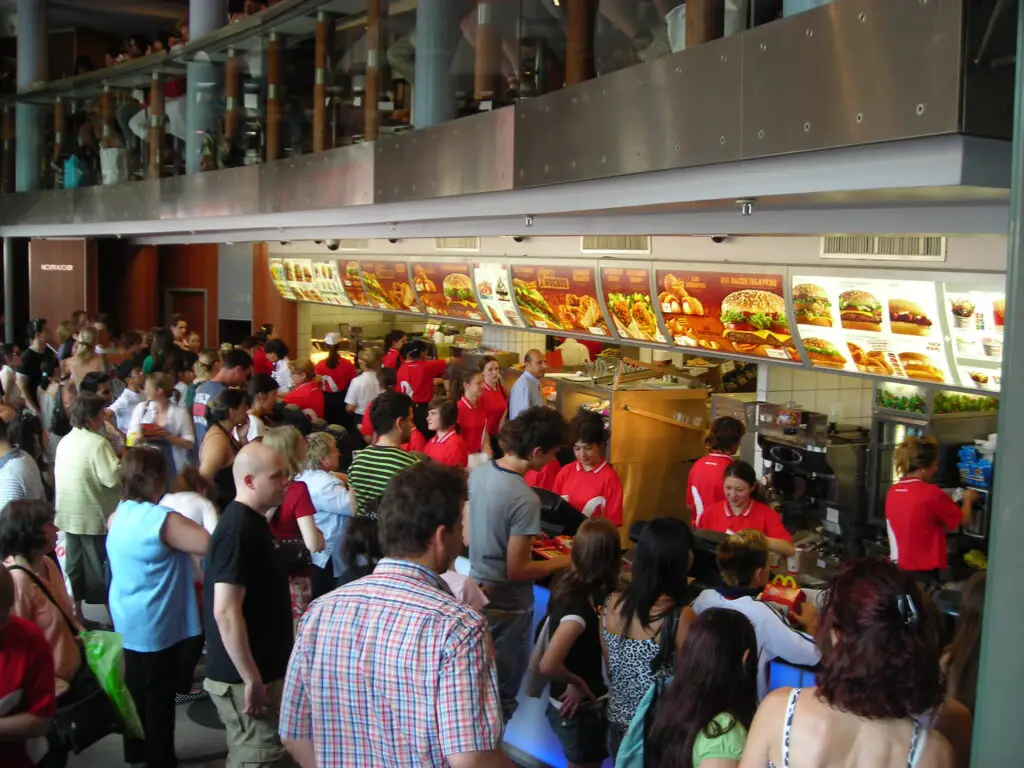
Every Big Mac you inhale carries a side of deforestation: cattle ranching for beef has driven soy and pasture conversions in the Amazon, Cerrado, and beyond. Methane emissions from cows make beef production one of the world’s most potent greenhouse-gas sources—more than all the planes on Earth combined. Oh, and those single-use cups, wrappers, and straws? Most end up in landfills or waterways.
McDonald’s has lip-synced sustainability pledges—like reducing greenhouse intensity by 36% by 2030—yet still relies heavily on industrial agriculture and non-recycled packaging. Happy Meals may make you smile, but the environmental bill sticks around way longer than that toy plastic figurine.
8. BP
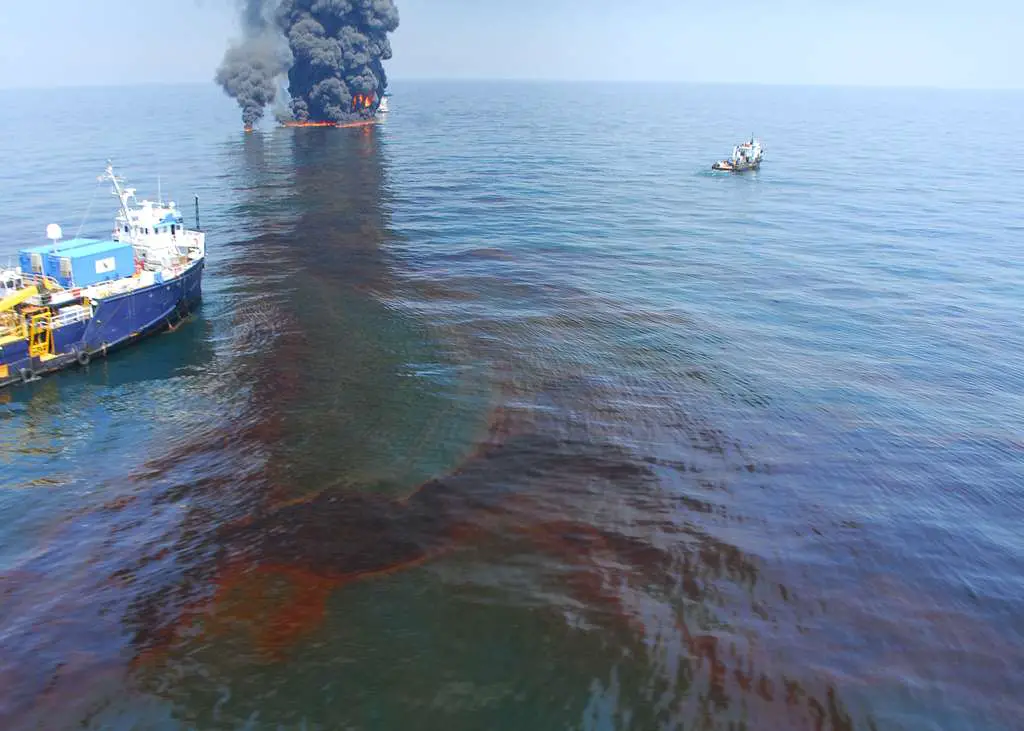
BP’s “Beyond Petroleum” rebranding after the felt like putting lipstick on a ticking oil bomb. In 2010, 4.9 million barrels of oil poured into the Gulf of Mexico, creating one of history’s worst environmental disasters. Mangroves, marshes, and wildlife suffered for decades, and local economies took the hit.
Post-spill fines and cleanup costs barely nudged BP’s profits. Offshore drilling continues, and BP still invests more in upstream oil and gas than in renewables. Their transition talk rings hollow when new exploration projects keep getting the green light—so “beyond petroleum” sometimes feels more like an optional lunch special.
9. Shell
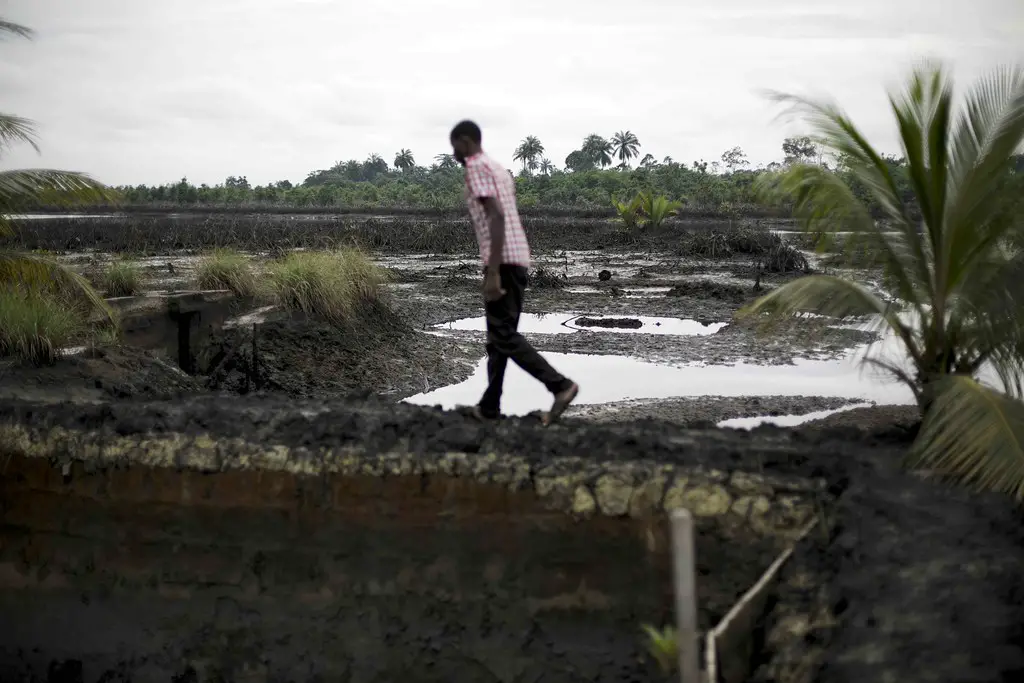
Royal Dutch Shell has a long track record of oil spills and gas flaring, especially in Nigeria’s Niger Delta. Locals call it the “land of oil and tears”—where decades of leaks have poisoned rivers, destroyed farmlands, and sickened communities. Despite court rulings demanding cleanup and compensation, Shell fights many judgments, delaying justice.
Globally, Shell’s operations flare waste gas equivalent to the annual COâ‚‚ output of Norway, contributing significantly to climate change. Their “Sky” scenarios promise net-zero by 2050, but current investments still favor oil and gas. The company that once urged “You can be what you want to be” seems more like, “You can be… an investor in fossil fuels.”
10. Apple
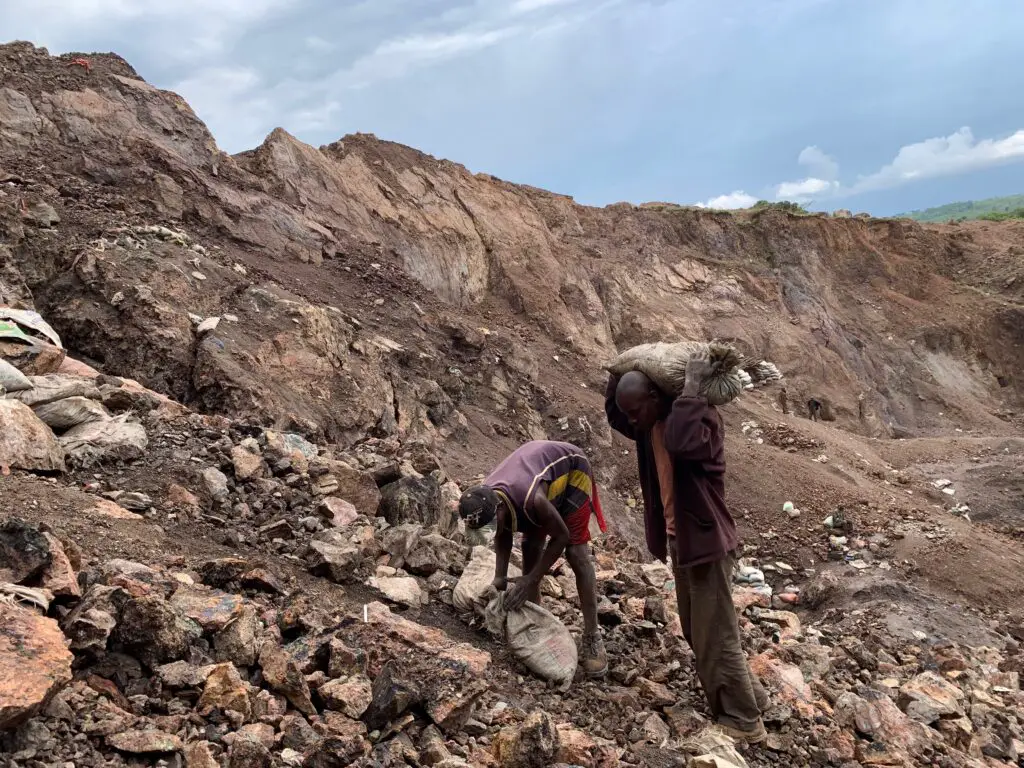
Your sleek iPhone comes at a hidden cost: toxic e-waste and human-rights issues in cobalt mining. Cobalt extracted in the DRC often involves child labor and hazardous conditions, while end-of-life devices add to the global e-waste pile—over 53 million tons per year, much of it shipped to developing countries with poor recycling infrastructure.
Apple’s recycling robot “Daisy” is cool, but it only disassembles select models; most devices still go into general scrap piles. Their target to use 100% recycled cobalt and aluminum by 2025 is admirable, yet the company’s upgrade cycle and repair restrictions keep replacement rates high.
11. Nike
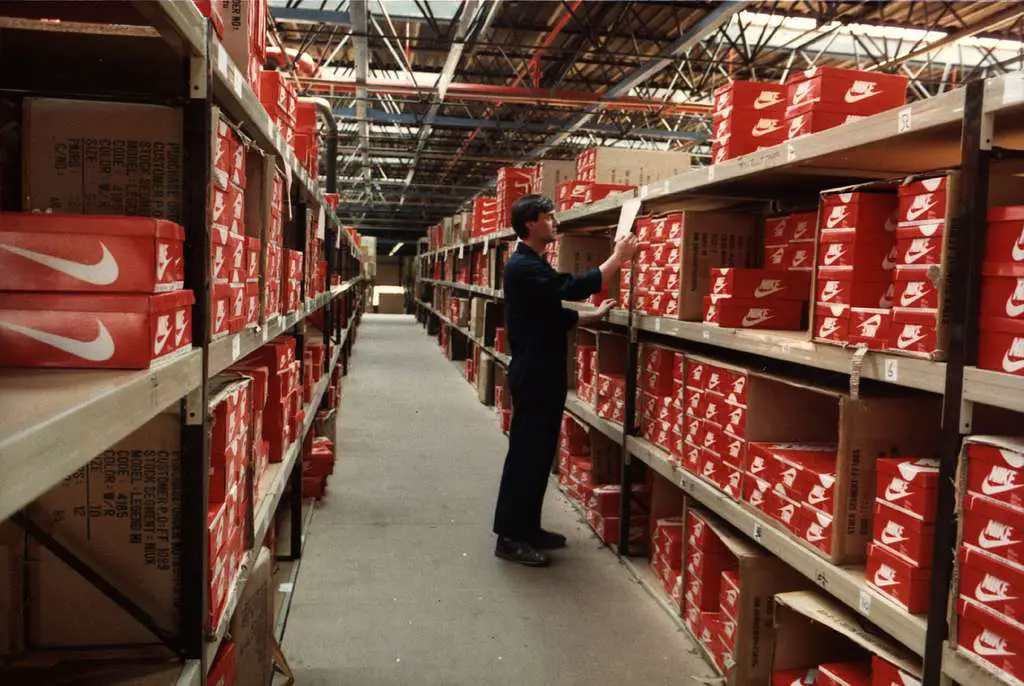
Your favorite sneakers might also be polluting rivers near leather tanneries, where toxic chromium and dyes seep into waterways. Leather processing is one of the world’s dirtiest industries, and Nike contracts factories across India, Pakistan, and Cambodia—regions with spotty environmental enforcement.
Add in massive polyester and plastic microfibers shed during each wash of their synthetic athletic wear, and you’ve got another form of invisible pollution—microplastics in oceans and drinking water. Nike’s “Move to Zero” goals include waste reduction and renewable energy, but production volumes keep rising.
12. Starbucks
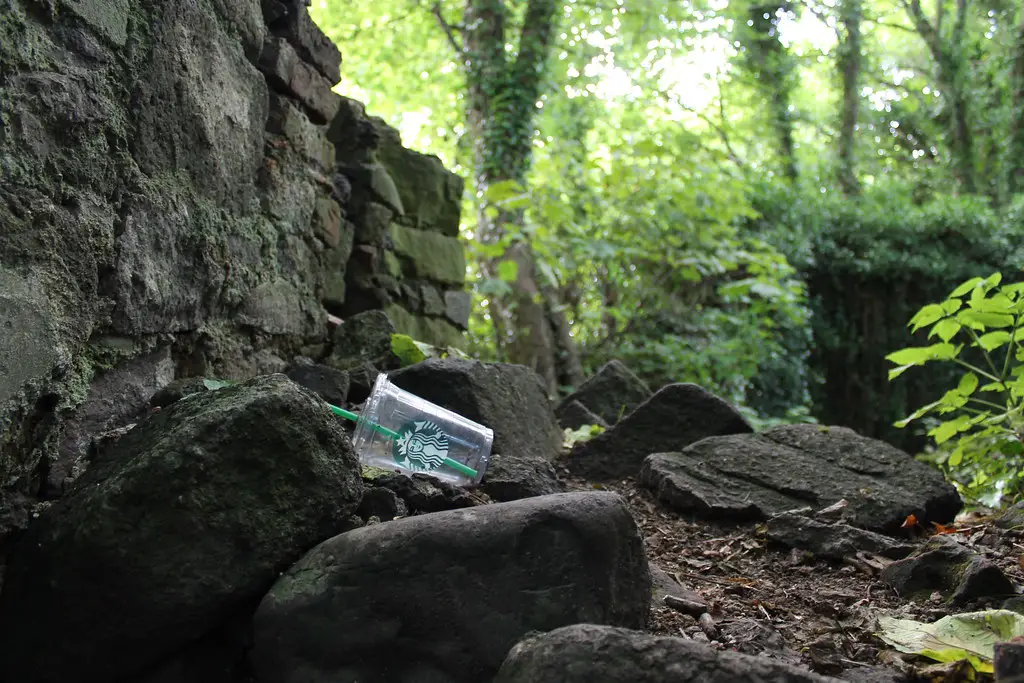
Starbucks’ green cup—and I use that term loosely—gets composted… eventually… in rare facilities that accept them. Most end up in landfill, where the polyethylene lining resists breakdown. Their single-use plastic straw ban was cute, until they reintroduced plastic straw lids and sold billions of plastic cups annually.
Water use for coffee beans is also brutal: a single latte can require up to 200 liters of water when you factor in growing, processing, and brewing. And don’t forget the palm oil in some syrups—another deforestation driver. Next time you wait in line for a venti, maybe BYO reusable mug—and skip the caramel drizzle.
